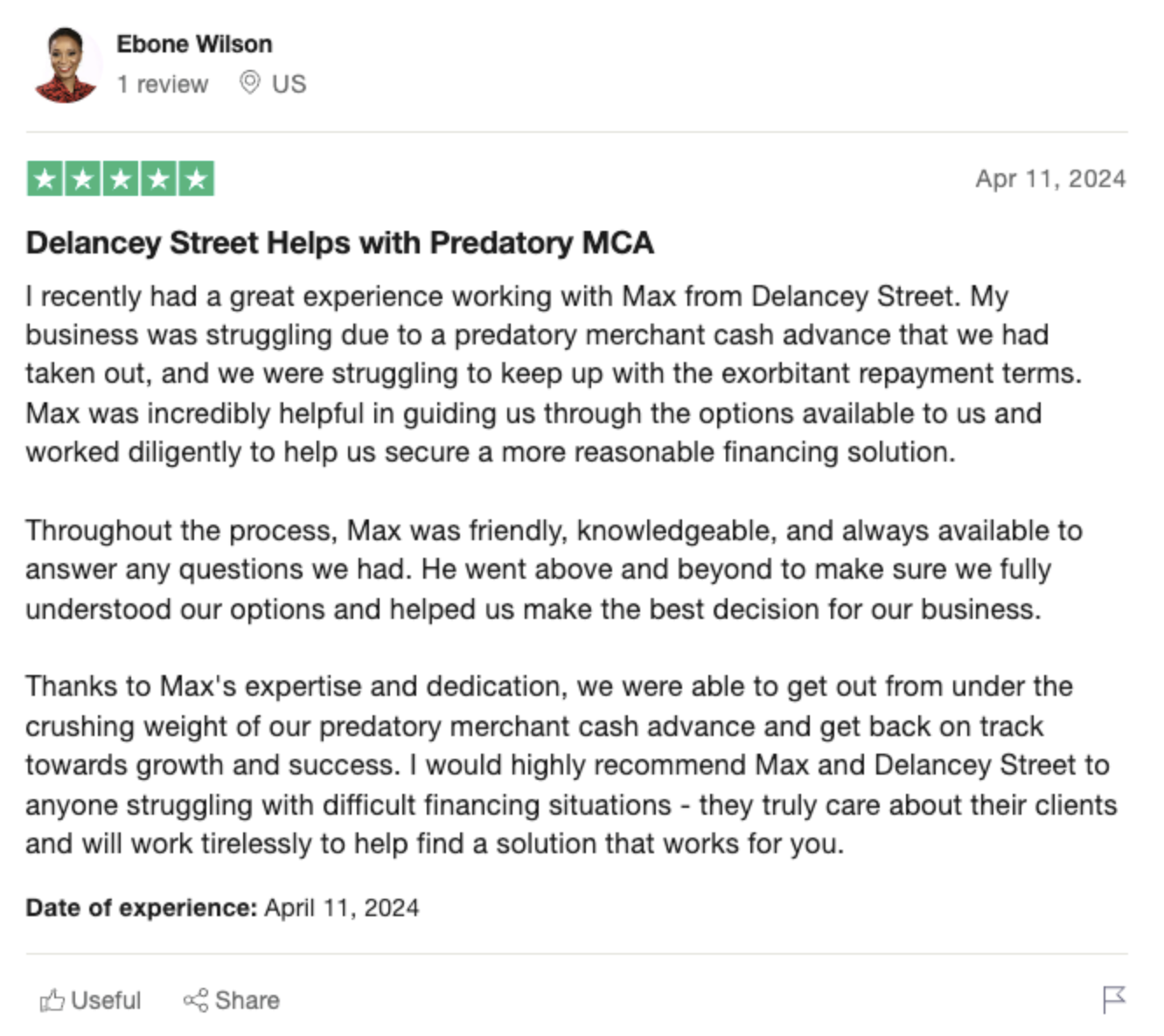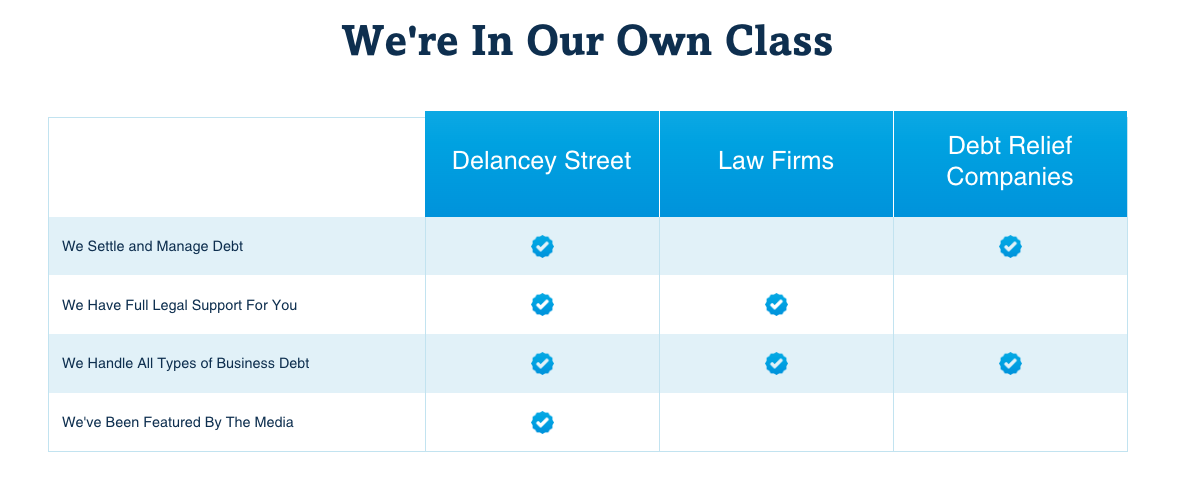Business Debt on the Rise: Key Statistics and Implications
Business debt has been growing rapidly over the past decade. According to the IMF’s Global Debt Database, total global debt rose by 28 percentage points to 256 percent of GDP in 2020. Much of this increase was driven by government spending to support economies through the COVID-19 pandemic. However, trends of rising business debt, especially in advanced economies, predate the pandemic.
 -
-Key Business Debt Statistics
- Nonfinancial corporate debt in advanced economies reached a record high of $13.5 trillion in 2020 – equivalent to 94% of GDP.
- US nonfinancial corporate debt stood at $10.5 trillion in Q4 2020 – a record 47% of GDP.
- Around half of US nonfinancial investment-grade corporate debt has the lowest investment grade rating of triple-B, close to an all-time high.
- The IMF estimates that in 2020, nonfinancial sector debt rose to:
- 365% of GDP in China
- 253% of GDP in the United States
- 233% of GDP in Japan
- 215% of GDP in the United Kingdom
These high debt levels point to potential vulnerabilities, especially if financing conditions tighten.
Which Sectors Are Driving the Surge?
Three sectors have accounted for most of the rise in US corporate debt over the past decade:
- Information technology – average annual debt growth of 20.1% in 2010-2019.
- Communication services – average annual debt growth of 13.4% over the same period.
- Healthcare – also recording rapid increases in corporate debt.
The high growth in these sectors reflects their increasing dominance across business and the wider economy. Even during the pandemic, firms in information technology and communications continued taking on additional debt to fund investments and acquisitions.
Business Debt Defenses
For companies facing financial distress from excessive debts, several legal and financial defenses exist:
 -
-- Bankruptcy allows firms to restructure debts under court supervision. However, it can be lengthy and complex for larger corporations.
- Debt restructuring outside formal bankruptcy can enable negotiated settlements with creditors. This avoids court proceedings but requires creditor consent.
- Asset sales to generate liquidity also provide an option, albeit one that weakens the underlying business.
- Raising new equity can reduce leverage, albeit likely at discounted valuations for distressed firms.
- Debt-equity swaps enable creditors to convert debt to equity stakes via private agreements. This can help recapitalize struggling businesses.
Each approach has pros and cons for corporations and creditors seeking to address unsustainable debts. The optimal path depends on the specific situation and size of the company involved. But the rising risks associated with ballooning business debt puts these options into focus more than ever.
Outlook and Conclusions
While supportive policies have averted a debt crisis thus far, the trajectory of rising leverage warrants vigilance from firms and policymakers alike. With advanced economy corporate debt at all-time highs, vulnerability to external shocks and higher interest rates has increased. And high debts could hamper investment and longer-term growth prospects.
Yet for now at least, low rates are helping sustain record business debt levels across most advanced economies.
Looking ahead, prudent risk management and judicious investment of borrowed capital will be key to ensuring sustainable leverage across the corporate sector. Absent a disorderly tightening of financial conditions, aggressive policy action may not be urgent.
But the risks posed by surging corporate debt reinforce the need to build resilience against future downturns. Strengthening bankruptcy frameworks and procedures for out-of-court debt restructuring could aid this objective.
 -
-Balancing corporate financing needs against stability risks in an era of uncertainty will likely grow more challenging. How business debt evolves from here, and the policy response, merits monitoring as the recovery unfolds.







